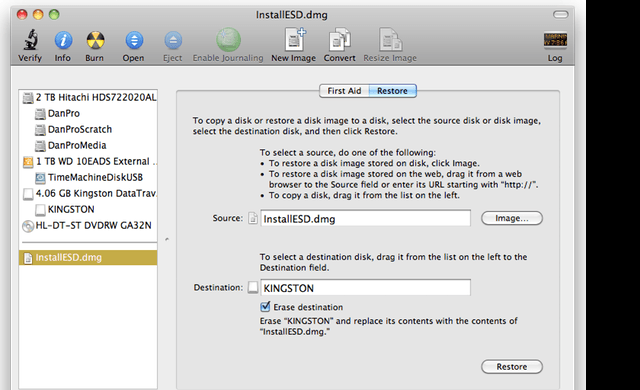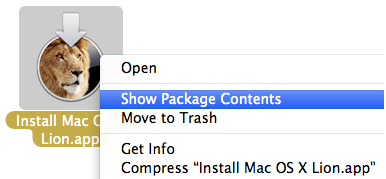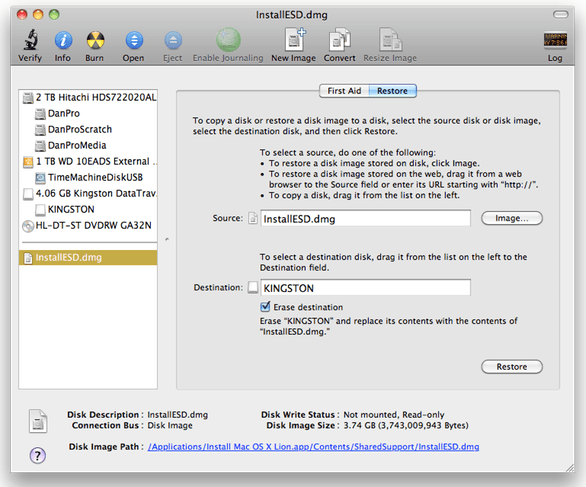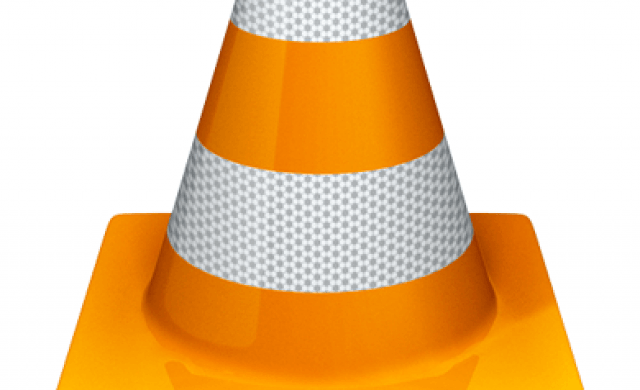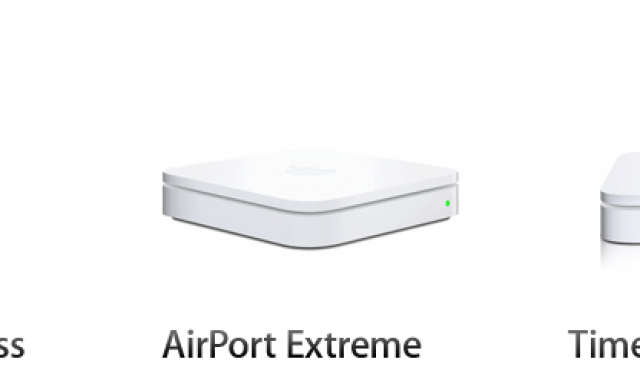Tutoriel N° 24c
How to make a bootable Lion install disc or drive
Part 1: For all types of media
Once you’ve purchased Lion, find the Lion installer on your Mac. It’s called Install Mac OS X Lion.app and it should have been downloaded to /Applications.
Right-click (or Control+click) the installer, and choose Show Package Contents from the resulting contextual menu.
In the folder that appears, open Contents, then open Shared Support; you’ll see a disk-image file called InstallESD.dmg.
Launch Disk Utility (in /Applications/Utilities).
Drag the InstallESD.dmg disk image into Disk Utility’s left-hand sidebar.
Right-click (or Control+click) on the Lion installer to view its contents.
The next steps depend on whether you want to create a bootable hard drive or flash drive, or a bootable DVD. I recommend a hard drive or flash drive—a DVD will work, but it takes a long time to boot and install.
Right-click (or Control+click) on the Lion installer to view its contents.
Part 2a: To create a bootable hard drive or flash drive
In Disk Utility, select InstallESD.dmg in the sidebar, then click the Restore button in the main part of the window.
Drag the InstallESD.dmg icon into the Source field on the right.
Connect to your Mac the hard drive or flash drive you want to use for your bootable Lion installer. The drive must be at least 5GB in size (an 8GB flash drive works well) and it must be formatted with a GUID partition map. Follow Steps 1 through 4 in this slideshow to properly format the drive.
In Disk Utility, find this destination drive in the sidebar and then drag it into the Destination field on the right. Warning: The next step will erase the destination drive, so make sure it doesn’t contain any valuable data.
Click Restore and, if prompted, enter an admin-level username and password.
You can use Disk Utility's Restore screen to create a bootable flash drive or hard drive.
Part 2b: To create a bootable DVD
In Disk Utility, select InstallESD.dmg in the sidebar
Click the Burn button in the toolbar.
When prompted, insert a blank DVD (a single-layer disc should work, although you can use a dual-layer disc instead), choose your burn options, and click Burn.
You can now boot any Lion-compatible Mac from this drive or DVD and install Lion. You can also use any of the Lion installer’s special recovery and restore features—in fact, when you boot from this drive or DVD, you’ll see the same Mac OS X Utilities screen you get when you boot into restore mode.
Note: As explained in our main Lion-installation article, if you leave the Lion installer in its default location (in /Applications) and use it to install Lion on your Mac’s startup drive, the installer will be automatically deleted after the installation finishes. So if you plan to use that installer on other Macs, or to create a bootable disc or drive as explained here, be sure to copy the installer to another drive—or at least move it out of the Applications folder—before you install. If you don't, you'll have to re-download the entire thing from the Mac App Store.
If you've already installed Lion—so it's too late to move the installer—you've may find that the Mac App Store claims that Lion is already installed and prevents you from downloading it again. As I explained in our main Lion-installation article, you should be able to force a re-download using one of the following three tricks: First, Option+click the Buy App button in the Mac App Store. If that doesn't work, switch to the Mac App Store's main page and then Option+click the Purchases button in the toolbar. If that doesn't work, quit the Mac App Store app and then hold down the Option key while launching the Mac App Store again. One of these three procedures should get rid of the "Installed" status for Lion and let you download it. Update: Apple appears to have recently made this process easier: If you previously purchased Lion from the Mac App Store, the button next to Lion in the Store should simply say Download—click it to re-download the installer.

